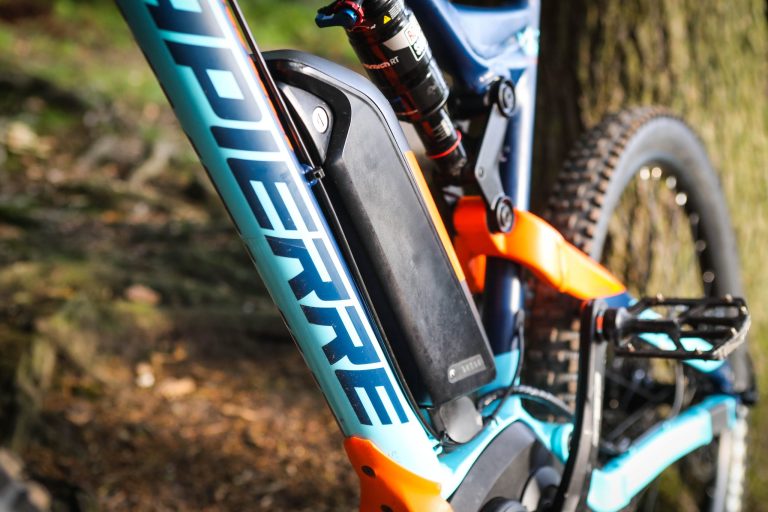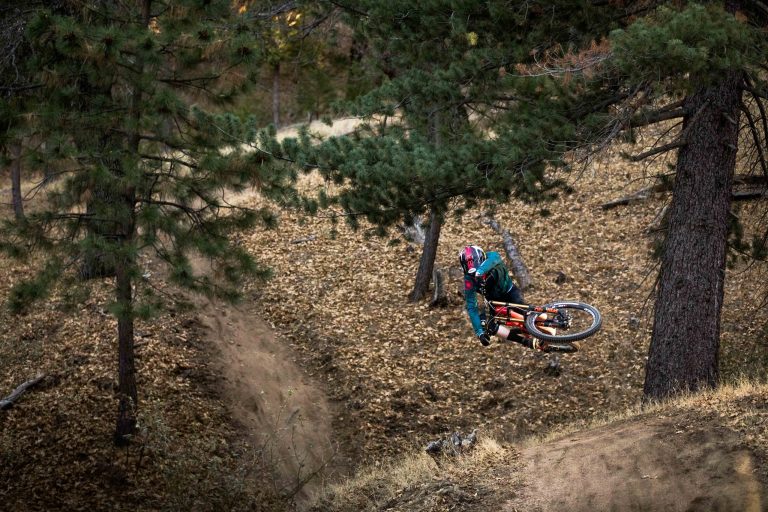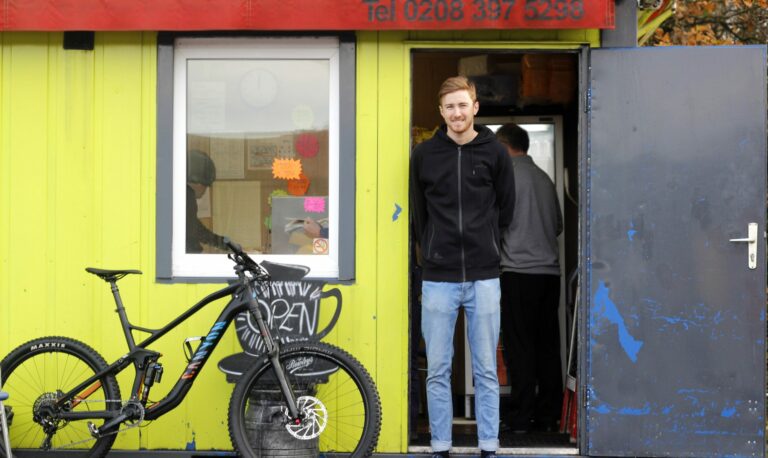
However, there is more to it than clear–cut rules and rebellious builders. Whistler is a town built entirely on, and for the purposes of, tourism and recreation. Simply, without the dollars that activities like skiing and mountain biking bring Whistler wouldn’t exist. There was no town before the cables were strung for chairlifts and ski runs were cleared, no previous industry or any means to fall back on. If the tourist dollar was to dry up then so would Whistler.
It was always understood that mountain biking contributed considerably to the economic welfare of Whistler but it was not until 2006 that quantifiable data was gathered that supported this understanding. The Western Canada Mountain Bike Tourism Association (MBTA) conducted a pilot study (Sea to Sky Mountain Biking Economic Impact Study) to measure the economic impact of mountain biking to the Sea to Sky Corridor (North Shore Vancouver, Squamish and Whistler). It was found that total visitor spending in Whistler attributable to mountain biking exceeded $34.3 million over the three month summer period between June and September.
While much of this was due to the Whistler Bike Park ($16.2 million) and Crankworx ($11.5 million), the Whistler valley trail system totalled just over $6.6 million, accounting for nearly two–thirds of the total generated from local trail in the Sea to Sky study communities (North Shore, Squamish and Whistler). Part of the reason Whistler was able to capture higher visitor expenditure is because it can promote its municipal trails and associated services (bike rental, guides, camps, etc.) directly to visitors.
But how has it managed to promote what is essentially all illegitimate trails built by rogue trail builders? Although it is not entirely clear how this is so, there are a few specific instances which might shed some light on why.
Does Shit Really Happen?Danimal was one of Dan Swanstrom’s creations that linked a long portion of Whistler’s Westside area and had become an accepted (yet not legitimized) trail asset to the community. Riders could hop on at Rainbow Park and ride flowing singletrack all the way to the most southerly end of Alta Road, bypassing several kilometres of tar–sealed road and creating an artery trail. Then around midway through the last decade a large swathe of land was earmarked to be developed into a collection of extremely expensive lots. Panic set in once it became clear that a considerable acreage of trail would be impacted and the development would affectively sever the Westside network in half.
Pressured by WORCA (in particular Tony Horn who was the Trail Director at the time, and Keith Bennet who was the WORCA chairman) the municipal government, appreciating the significance of the trail to the local economy and community, made Danimal a right of way, establishing it as a legal thoroughfare. This created an issue for the developer. However, the developments manager, Dwayne Jackson, was a local resident who rode mountain bikes. He knew the significance of the trail and approached WORCA asking what could be done to minimize the impact of the development. It was agreed that there should be a zero net loss approach, meaning that every metre of trail removed or disturbed by the development should be replaced with the same amount of trail of equivalent quality (kitty litter trail could not replace prime Whistler technical trail). Dwayne agreed and Chris Markle (at the time WORCA’s most notorious trail builder) was commissioned and paid to build new singletrack.>>





